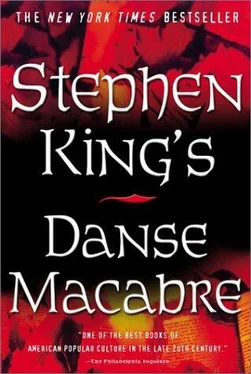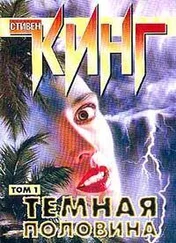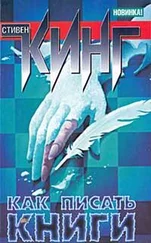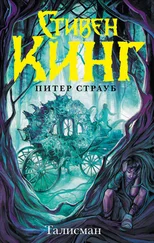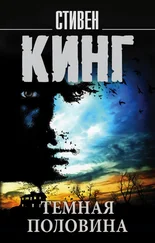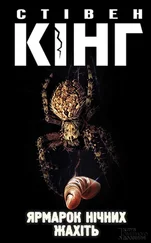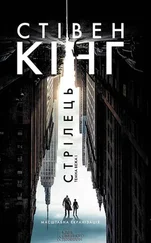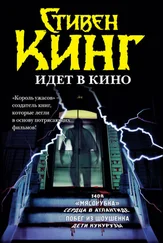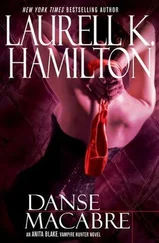*The scene in 'Salem's Lot which works best in the E.C. tradition-at least, as far as I'm concerned-is when the bus driver, Charlie Rhodes (who is a typical E.C.-type rotter in the best Herbie Satten tradition), awakes at midnight and hears someone blowing the horn of his bus. He discovers, after the bus doors have swung shut forever behind him, that his bus is loaded with children, as if for a school run . . . but they're all vampires. Charlie begins to scream, and perhaps the reader wonders why; after all, they only stopped by for a drink.
Heh, heh.
Some of the scenes from 'Salem's Lot which run parallel to scenes from Dracula are the staking of Susan Norton (corresponding to the staking of Lucy Westenra in Stoker's book), the drinking of the vampire's blood by the priest, Father Callahan (in Dracula it is Mina Murray Harker who is forced to take the Count's perverse communion as he croons those memorable, chilling lines, "My bountiful wine-press for a little while . . ." ), the burning of Callahan's hand as he tries to enter his church to receive absolution (when, in Dracula , Van Helsing touches Mina's forehead with a piece of the Host to cleanse her of the Count's unclean touch, it flashes into fire, leaving a terrible scar), and, of course, the band of Fearless Vampire Hunters which forms in each book.
The scenes from Dracula which I chose to retool for my own book were the ones which impressed me the most deeply, the ones Stoker seemed to have written at fever pitch. There are others, but the one "bounce" that never made it into the finished book was a play on Stoker's use of rats in Dracula .
In Stoker's novel, the Fearless Vampire Hunters-Van Helsing, Jonathan Harker, Dr. Seward, Lord Godalming, and Quincey Morris-enter the basement of Carfax, the Count's English house. The Count himself has long since split the scene, but he has left some of his traveling coffins (boxes full of his native earth), and another nasty surprise. Very shortly after the F.V.H.s enter, the basement is crawling with rats. According to the lore (and in his long novel, Stoker martials a formidable amount of vampire lore), a vampire has the ability to command the lesser animals-cats, rats, weasels ( and possibly Republicans, ha-ha). It is Dracula who has sent these rats to give our heroes a hard time.
Lord Godalming is ready for this, however. He lets a couple of terriers out of a bag, and they make short work of the Count's rats. I decided I would let Barlow-my version of Count Dracula-also use the rats, and to that end I gave the town of Jerusalem's Lot an open dump, where there are lots of rats. I played on the presence of the rats there several times in the first couple of hundred pages of the novel, and to this day I sometimes get letters asking if I just forgot about the rats, or tried to use them to create atmosphere, or what.
Actually, I used them to create a scene so revolting that my editor at Doubleday (the same Bill Thompson mentioned in the forenote to this volume) suggested strongly that I remove it and substitute something else. After some grousing, I complied with his wishes. In the Doubleday/New American Library editions of 'Salem's Lot , Jimmy Cody, a local doctor, and Mark Petrie, the boy accompanying him, discover that the king vampire-to use Van Helsing's pungent term-is almost certainly denning in the basement of a local boarding house. Jimmy begins to go downstairs, but the stairs have been cut away and the floor beneath littered with knives pounded through boards. Jimmy Cody dies impaled upon these knives in a scene of what I would call "horror"-as opposed to "terror” or "revulsion," the scene is a middle-of-the-roader.
In the first draft manuscript, however, I had Jimmy go down the stairs and discover-too late-that Barlow had called all the rats from the dump to the cellar of Eva Miller's boarding house. There was a regular HoJo for rats down there, and Jimmy Cody became the main course. They attack Jimmy in their hundreds, and we are treated (if that is the word) to a picture of the good doctor struggling back up the stairs, covered with rats. They are down his shirt, crawling in his hair, biting his neck and arms.
When he opens his mouth to yell Mark a warning, one of them runs into his mouth and lodges there, squirming.
I was delighted with the scene as written because it gave me a chance to combine Dracula -lore and E.C.-lore into one. My editor felt that it was, to put it frankly, out to lunch, and I was eventually persuaded to see it his way. Perhaps he was even right*.
*Rats are nasty little buggers, aren't they? I wrote and published a rat story called "Graveyard Shift" in Cavalier magazine four years prior to 'Salem's Lot -it was, in fact, the third short story I ever published-and I was uneasy about the similarity between the rats under the old mill in "Graveyard Shift" and those in the basement of the boarding house in 'Salem's Lot . As writers near the end of a book, I suspect that they cope with weariness in all sorts of ways-and my response as I neared the end of 'Salem's Lot was to indulge in this bit of selfplagiarism. And so, even though I suspect there's a disappointed rat-fan or two out there, I've got to say I believe Bill Thompson's judgment that the rats in 'Salem's Lot should simply fade from the scene was the right one.
I've tried here to delineate some of the differences between science fiction and horror, science fiction and fantasy, terror and horror, horror and revulsion, more by example than by definition. All of which is very well, but perhaps we ought to examine the emotion of horror a little more closely-not in terms of definition but in terms of effect. What does horror do? Why do people want to be horrified . . . why do they pay to be horrified? Why an Exorcist ? A Jaws ? An Alien ?
But before we talk about why people crave the effect, maybe we ought to spend a little time thinking about components-and if we do not choose to define horror itself, we can at least examine the elements and perhaps draw some conclusions from them.
2
Horror movies and horror novels have always been popular, but every ten or twenty years they seem to enjoy a cycle of increased popularity and visibility. These periods almost always seem to coincide with periods of fairly serious economic and/or political strain, and the books and films seem to reflect those free-floating anxieties (for want of a better term) which accompany such serious but not mortal dislocations. They have done less well in periods when the American people have been faced with outright examples of horror in their own lives.
Horror went through a boom period in the 1930s, When people hardpressed by the Depression weren't ponying up at the box office to see a hundred Busby Berkeley girls dancing to the tune of "We're in the Money," they were perhaps releasing their anxieties in another way-by watching Boris Karloff shamble across the moors in Frankenstein or Bela Lugosi creep through the dark with his cape up over his mouth in Dracula . The '30s also marked the rise of the so-called "Shudder Pulps," which encompassed everything from Weird Tales to Black Mark .
We find few horror movies or novels of note in the 1940s, and the one great magazine of fantasy which debuted in that decade, Unknown, did not survive for long. The great Universal Studios monsters of the Depression days-Frankenstein's monster, the Wolf Man, the Mummy, and the Count-were dying in that particularly messy and embarrassing way that the movies seem to reserve for the terminally ill; instead of being retired with honors and decently interred in the mouldy soil of their European churchyards, Hollywood decided to play them for laughs, squeezing every last quarter and dime admission possible out of the poor old things before letting them go. Hence, Abbott &
Читать дальше
